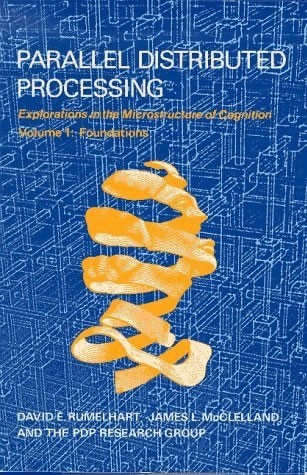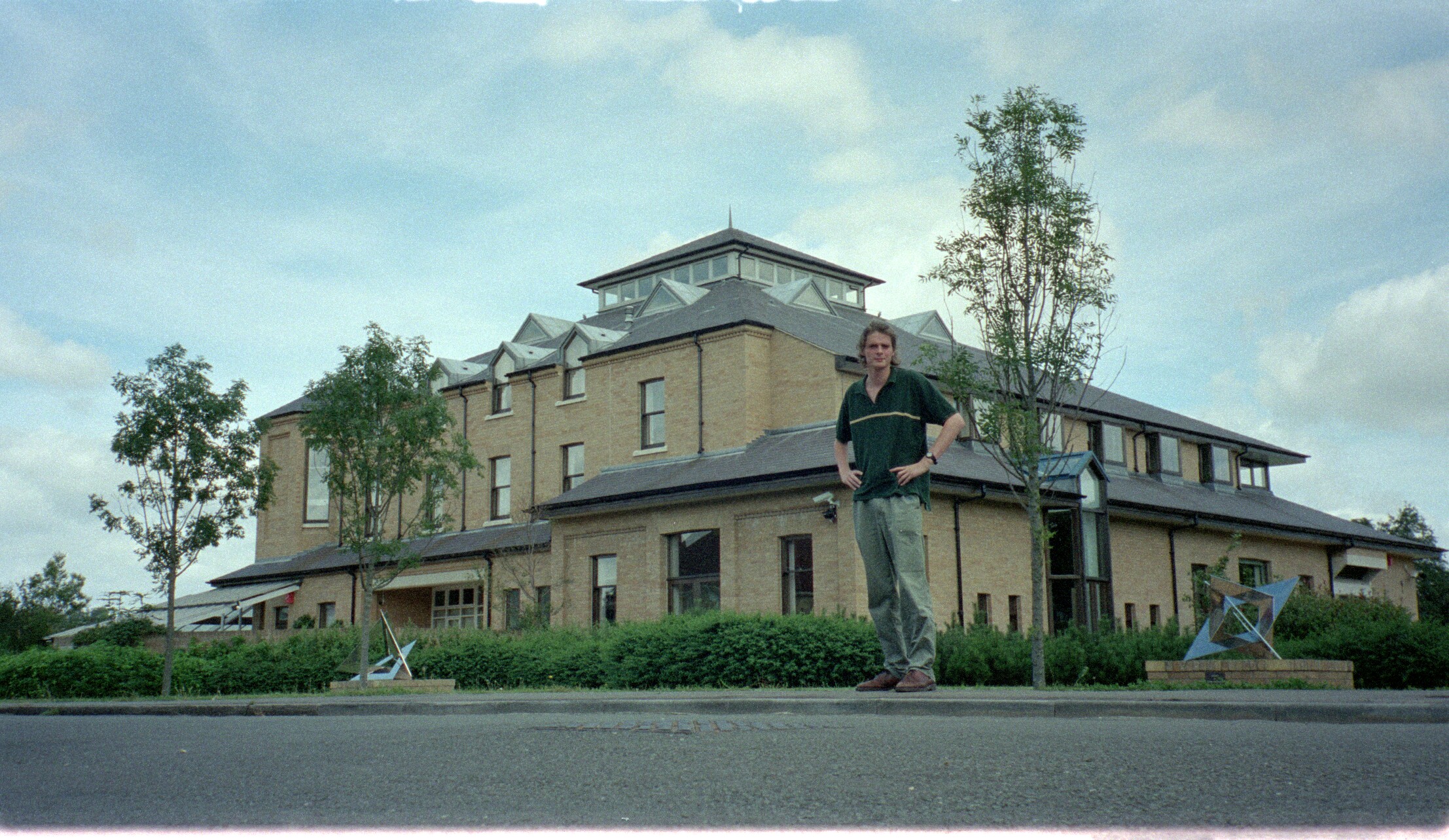Introduction
LT1, William Gates Building
Course Overview
Lecturers
Schedule
- Week 1:
- Introduction and Data. Lecturer: Neil D. Lawrence
- Generalisation and Neural Networks. Lecturer: Neil D. Lawrence
- Week 2:
- Automatic Differentiation. Lecturer: Ferenc Huszár
- Optimization and Stochastic Gradient Descent. Lecturer: Ferenc Huszár
Schedule
- Week 3:
- Hardware. Lecturer: Nic Lane
- Summary and Gap Filling: Ferenc Huszár, Neil D. Lawrence, Nic Lane
Set Assignment 1 (30%)
Schedule
- Week 4:
- Convolutional Neural Networks: Nic Lane
- Recurrent Neural Networks: Ferenc Huszár
Assignment 1 Submitted
Schedule
- Week 5:
- Sequence to Sequence and Attention: Ferenc Huszár
- Transformers: Nic Lane
Set Assignment 2 (70%)
Special Topics
- Weeks 6-8
- Guest lectures from Ferenc, Nic and Neil
- Guest lectures from external speakers
What is Machine Learning?
What is Machine Learning?
\[ \text{data} + \text{model} \stackrel{\text{compute}}{\rightarrow} \text{prediction}\]
- data : observations, could be actively or passively acquired (meta-data).
- model : assumptions, based on previous experience (other data! transfer learning etc), or beliefs about the regularities of the universe. Inductive bias.
- prediction : an action to be taken or a categorization or a quality score.
- Royal Society Report: Machine Learning: Power and Promise of Computers that Learn by Example
What is Machine Learning?
\[\text{data} + \text{model} \stackrel{\text{compute}}{\rightarrow} \text{prediction}\]
- To combine data with a model need:
- a prediction function \(f(\cdot)\) includes our beliefs about the regularities of the universe
- an objective function \(E(\cdot)\) defines the cost of misprediction.
Ingredients
Cybernetics, Neural Networks and the Ratio Club
Logic, McCulloch and Pitts

|

|

|
Cybernetics

|

|

|
Analogue and Digital
Donald MacKay

Fire Control Systems



Behind the Eye

Later in the 1940’s, when I was doing my Ph.D. work, there was much talk of the brain as a computer and of the early digital computers that were just making the headlines as “electronic brains.” As an analogue computer man I felt strongly convinced that the brain, whatever it was, was not a digital computer. I didn’t think it was an analogue computer either in the conventional sense.

The Perceptron

|

|

|
The Connectionists








|

|

|
This work points out the necessity of having flexible “network design” software tools that ease the design of complex, specialized network architectures
From conclusions of Le Cun et al. (1989)

|

|
The Third Wave
- Data (many data, many classes)
- Compute (GPUs)
- Stochastic Gradient Descent
- Software (autograd)
Domains of Use
- Perception and Representation
- Speech
- Vision
- Language
Experience
- Bringing it together:
- Unsupervised pre-training
- Initialisation and RELU
- A Zoo of methods and models
- Why do they generalize well?
Conclusion
- Understand the principles behind:
- Generalization
- Optimization
- Implementation (hardware)
- Different NN Architectures
Thanks!
twitter: @lawrennd
podcast: The Talking Machines
newspaper: Guardian Profile Page
blog posts: